Sodium cyanide is a highly toxic compound commonly used in a variety of industrial processes, including mining and chemical manufacturing. Accidental releases of sodium cyanide can release hydrocyanic acid (HCN) and cyanide ions (CN-), posing significant risks to health and the environment. When such incidents occur, timely and effective emergency response methods are essential to mitigate the hazards associated with cyanide exposure. Here, we outline three common emergency response methods: alkaline chlorination, acid-base neutralization, and complex absorption.
1. Alkaline chlorination method
Alkaline chlorination is one of the most effective methods for treating Sodium Cyanide spills. This technique utilizes the reducing properties of cyanide ions, which can be oxidized by strong oxidants. Common oxidants used in this method include bleaching powder (calcium hypochlorite) and sodium hypochlorite.
When these oxidants come into contact with cyanide ions, a chemical reaction occurs that converts the toxic CN- into non-toxic byproducts such as carbon dioxide (CO2) and nitrogen (N2). This conversion effectively neutralizes the toxicity of cyanide, making it environmentally friendly.
The process requires tightly controlled conditions to ensure complete oxidation and prevent the formation of intermediate toxic compounds. Responders must closely monitor the reaction and follow safety protocols to avoid any unintended consequences.
2. Acid-base neutralization method
Another common method for dealing with Sodium cyanide spills is acid-base neutralization. This method takes advantage of the weak acidity of hydrocyanic acid, which can be neutralized with a strong base. Common neutralizers include limewater (calcium hydroxide), caustic soda (sodium hydroxide), and ammonia (ammonium hydroxide).
The neutralization reaction produces a non-volatile natural salt that helps control the hydrocyanic acid. However, it should be noted that the resulting aqueous solution is still highly toxic and must be collected and further processed to ensure safety.
In addition, attention must be paid to controlling the spread of the neutralization solution, because carbon dioxide in the air may replace cyanide in the aqueous solution, which may cause secondary pollution. Therefore, rescuers must implement strict control measures to prevent the spread of toxic substances.
3. Complexation absorption method
The complex absorption method is based on the property that cyanide ions can form complexes with certain metal ions (such as silver and copper). When cyanide ions encounter these metal ions, non-toxic complexes are formed, such as silver cyanide complexes and copper cyanide complexes.
This method uses activated carbon as a carrier of metal ions. When silver or copper cyanide complexes are attached to the surface of the activated carbon, they can react with hydrocyanic acid to form stable, non-toxic complexes, which not only help detoxify but also have the effect of disinfecting the affected area.
Safety precautions and countermeasures
In addition to the above treatment methods, it is also crucial to take safety precautions in the event of a sodium cyanide leak. First, rescue workers should move any cyanide at the accident site to a safe area to prevent packaging damage and subsequent environmental contamination.
In the event of a cyanide fire, rescuers should use water spray to extinguish the fire. It is important to avoid using acidic or alkaline extinguishing agents as they can worsen the situation and cause the release of more toxic gases.
In addition, when hydrogen cyanide leaks, it is strictly forbidden to use the direct spray three-in-one method for disinfection, as this method can easily cause toxic substances to become aerosols, increasing the exposure risk of personnel and the surrounding environment.
in conclusion
Sodium cyanide spills require immediate and effective emergency response measures to protect human health and the environment. Alkaline chlorination, acid-base neutralization, and complex absorption are three common treatment methods that can mitigate the risks associated with cyanide exposure.
However, responders must follow safety protocols and implement containment measures to prevent secondary contamination and ensure the safety of all personnel involved in the response effort. By understanding and utilizing these emergency response methods, industry can better prepare for and respond to sodium cyanide spills, ultimately reducing the likelihood of harm.
- Random Content
- Hot content
- Hot review content
- High Quality Sodium silicate 99% Water glass
- Magneto Electric Detonator(Anti stray current)
- Potassium Permanganate – Industrial Grade
- Sodium Peroxide
- Pine oil 85% High Quality Pinitol oil 85% Light Yellow To Colorless Oily Liquid
- calcium chloride anhydrous for food
- Cobalt Sulphate Heptahydrate
- 1Discounted Sodium Cyanide (CAS: 143-33-9) for Mining - High Quality & Competitive Pricing
- 2China's New Regulations on Sodium Cyanide Exports and Guidance for International Buyers
- 3Sodium Cyanide 98% CAS 143-33-9 gold dressing agent Essential for Mining and Chemical Industries
- 4International Cyanide(Sodium cyanide) Management Code - Gold Mine Acceptance Standards
- 5China factory Sulfuric Acid 98%
- 6Anhydrous Oxalic acid 99.6% Industrial Grade
- 7Oxalic acid for mining 99.6%
- 1Sodium Cyanide 98% CAS 143-33-9 gold dressing agent Essential for Mining and Chemical Industries
- 2High Quality 99% Purity of Cyanuric chloride ISO 9001:2005 REACH Verified Producer
- 3Zinc chloride ZnCl2 for High Molecular Weight Polymers Initiator
- 4High Purity · Stable Performance · Higher Recovery — sodium cyanide for modern gold leaching
- 5High Quality Sodium Ferrocyanide / Sodium Hexacyanoferr
- 6Gold Ore Dressing Agent Safe Gold Extracting Agent Replace Sodium Cyanide
- 7Sodium Cyanide 98%+ CAS 143-33-9


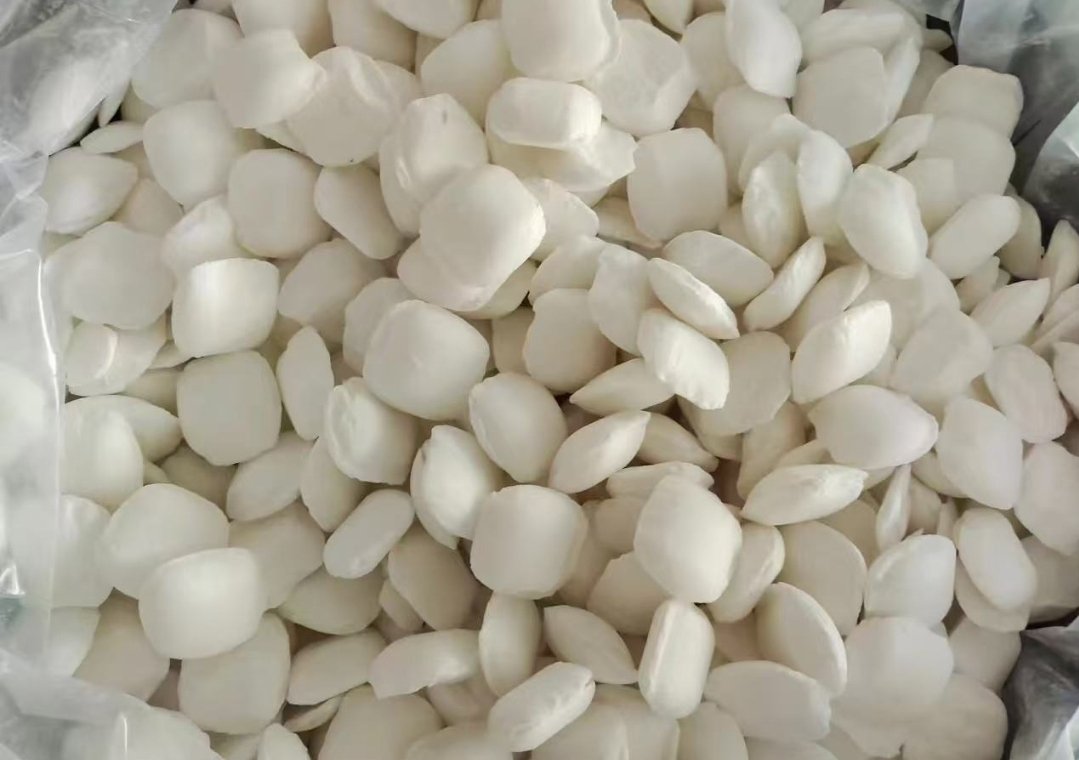
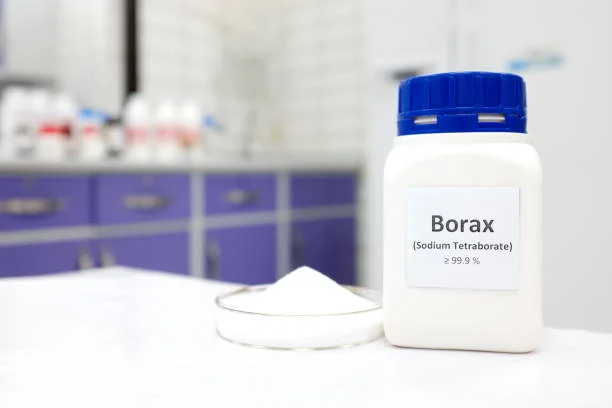
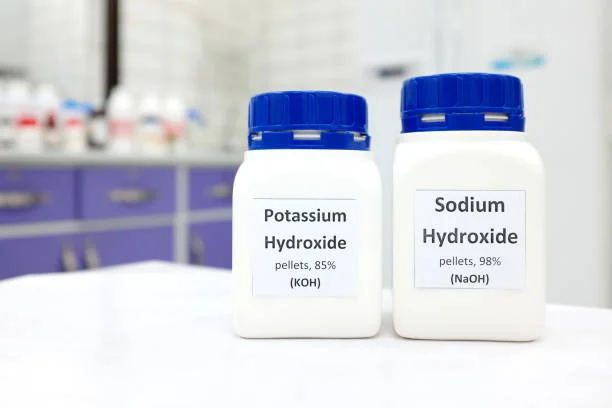
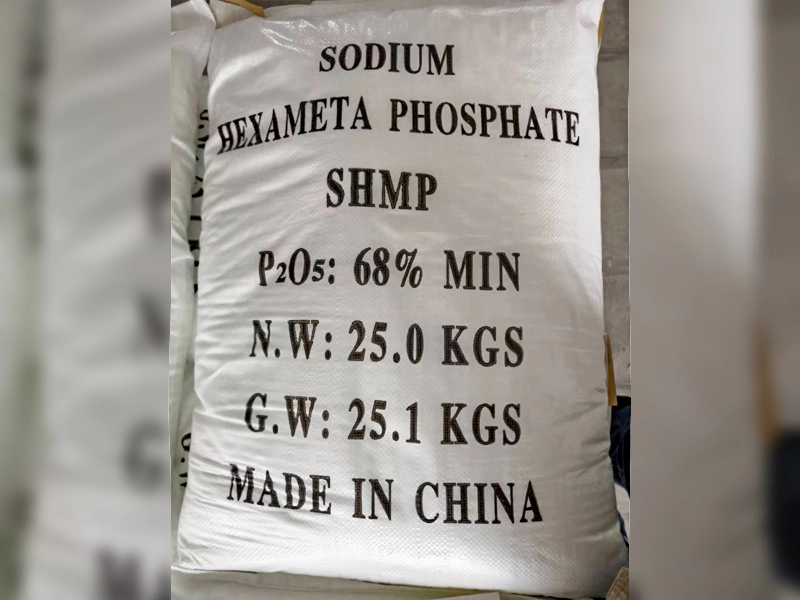


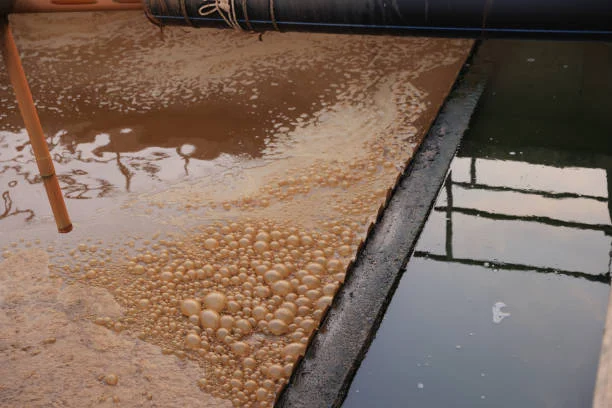


Online message consultation
Add comment: